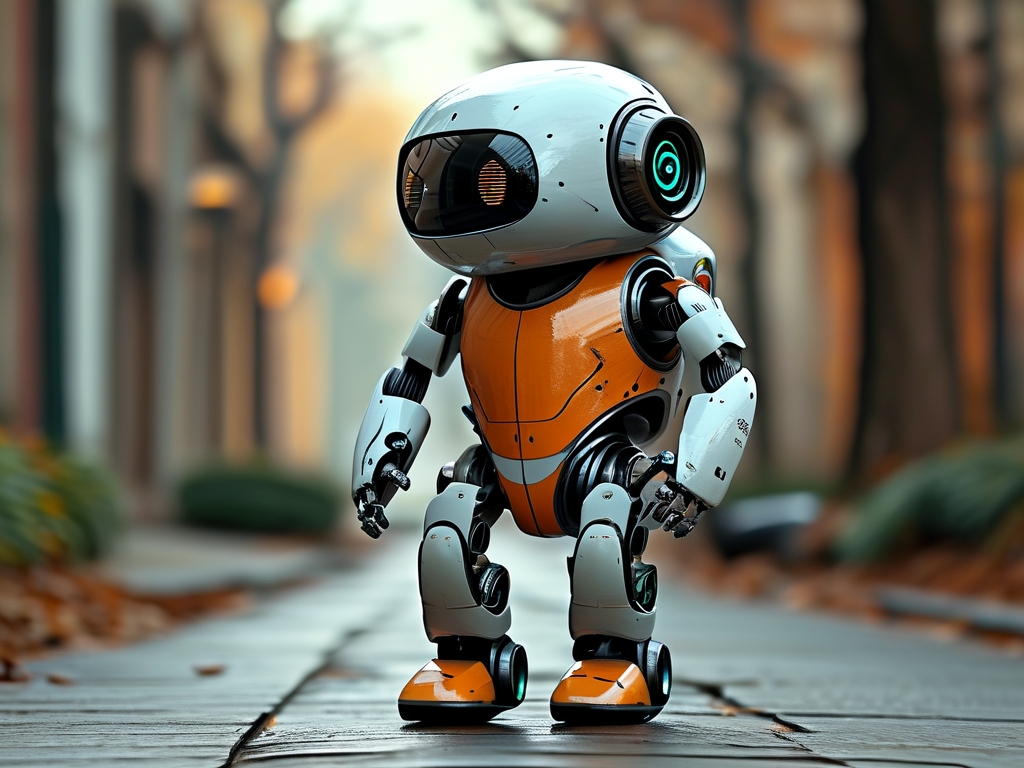Exoskeleton robotics, once a staple of science fiction, has rapidly evolved into a transformative technology with applications in healthcare, industrial automation, and military operations. These wearable robotic systems augment human strength, restore mobility, and reduce physical strain. However, despite their immense potential, the development and widespread adoption of exoskeletons face significant technical challenges. This article explores the key hurdles in material science, energy efficiency, control systems, and human-robot integration that researchers and engineers must overcome to unlock the full capabilities of this groundbreaking technology.
1. Material Science and Mechanical Design
The physical structure of an exoskeleton must strike a delicate balance between durability, weight, and flexibility. Traditional rigid exoskeletons, often made of metals like aluminum or titanium, provide robust support but are bulky and energy-intensive. Conversely, soft exoskeletons using fabrics or polymers offer comfort but lack the precision required for complex tasks. Recent advancements in lightweight alloys, carbon-fiber composites, and 3D-printed modular components have improved design flexibility. However, challenges persist in creating materials that withstand repetitive stress while maintaining ergonomic adaptability for diverse user anatomies.
2. Energy Efficiency and Power Management
Exoskeletons demand substantial energy to operate actuators, sensors, and control systems. Current battery technologies limit operational time, with most commercial models lasting only 4–8 hours per charge. This is inadequate for industrial shifts or medical rehabilitation sessions. Innovations such as energy harvesting (e.g., kinetic energy recovery during walking) and hybrid power systems (combining batteries with supercapacitors) are being explored. Nevertheless, achieving energy autonomy without compromising performance remains a critical barrier, especially for high-torque applications like lifting heavy loads.
3. Control Systems and Human-Robot Synchronization
A core challenge lies in developing intuitive control algorithms that seamlessly interpret user intent. Traditional preprogrammed movements fail to adapt to real-time changes in posture or terrain. Machine learning and neural interface technologies—such as electromyography (EMG) sensors that detect muscle signals—are paving the way for more responsive systems. However, latency issues and false interpretations of biological signals can lead to dangerous mismatches between human and machine actions. For instance, a delay of just 100 milliseconds in a lower-limb exoskeleton may cause a user to stumble.
4. Human Factors and Ergonomics
Even with advanced hardware, user comfort and safety are paramount. Prolonged use of exoskeletons can cause skin irritation, joint pressure, or muscle fatigue due to improper force distribution. Customizable designs that accommodate individual body shapes and movement patterns are essential. Additionally, psychological factors, such as trust in the device’s reliability, influence adoption rates. Studies show that users often reject exoskeletons if they perceive the technology as intrusive or unnatural, highlighting the need for human-centered design principles.
5. Ethical and Regulatory Considerations
As exoskeletons transition from labs to real-world settings, ethical and regulatory frameworks lag behind. Medical exoskeletons, for example, require rigorous certification to ensure they do not harm patients during rehabilitation. In industrial contexts, liability issues arise if a device malfunctions and causes injury. Moreover, the potential misuse of military exoskeletons—enhancing soldiers’ capabilities beyond ethical limits—calls for international oversight. Policymakers must collaborate with engineers to establish safety standards and usage guidelines.

6. Cost and Accessibility
High development costs render many exoskeletons prohibitively expensive. A medical-grade rehabilitation exoskeleton can cost over $100,000, placing it out of reach for most patients and hospitals. Scalable manufacturing methods, such as modular designs and open-source software platforms, could reduce costs. However, balancing affordability with performance remains a persistent challenge, particularly in low-resource settings where exoskeletons could have the greatest social impact.
The Road Ahead
Addressing these challenges requires interdisciplinary collaboration among roboticists, material scientists, neurologists, and policymakers. Breakthroughs in AI-driven control systems, biodegradable materials, and wireless power transmission could revolutionize the field. For instance, researchers at MIT recently demonstrated a lightweight exoskeleton using deep learning to predict gait patterns with 99% accuracy, significantly reducing energy consumption.

In , while exoskeleton robotics holds immense promise, its journey from niche applications to mainstream adoption hinges on solving multifaceted technical and societal challenges. By prioritizing innovation in energy efficiency, adaptive control, and user-centric design, the next generation of exoskeletons could redefine human potential in an increasingly automated world.


